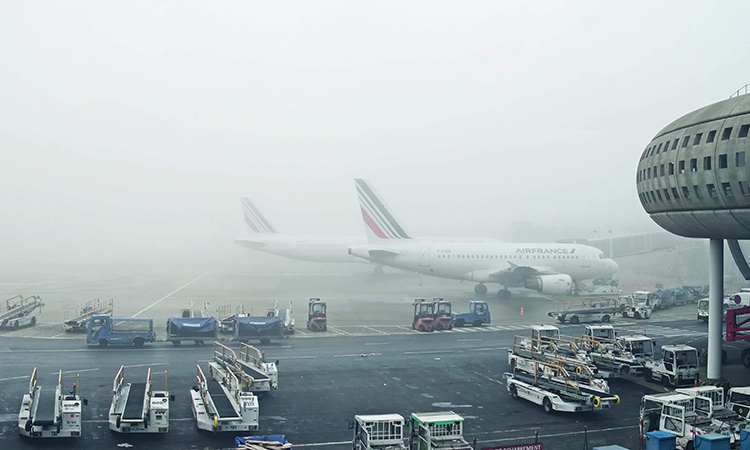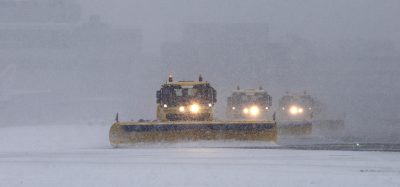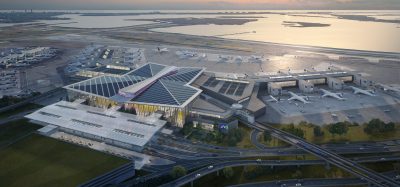EASA publishes proposal for updated framework applicable to all-weather operations
- Like
- Digg
- Del
- Tumblr
- VKontakte
- Buffer
- Love This
- Odnoklassniki
- Meneame
- Blogger
- Amazon
- Yahoo Mail
- Gmail
- AOL
- Newsvine
- HackerNews
- Evernote
- MySpace
- Mail.ru
- Viadeo
- Line
- Comments
- Yummly
- SMS
- Viber
- Telegram
- Subscribe
- Skype
- Facebook Messenger
- Kakao
- LiveJournal
- Yammer
- Edgar
- Fintel
- Mix
- Instapaper
- Copy Link
Posted: 3 June 2021 | International Airport Review | No comments yet
EASA has outlined that updating the necessary framework to allow for the application of the latest technology will support airports in ensuring all-weather operations.


The European Union Aviation Safety Agency (EASA) has published a proposal to update the regulatory framework that is applicable to all-weather operations (AWOs) and flight crew training to allow for the application of the latest technological advancements. This proposal would increase the number of medium-sized aerodromes which are accessible for flight operations.
The concept of all-weather operations refers to the ability of aircraft to take off and land in an airport under low visibility conditions. In such circumstances, technological support can ensure safe operations in situations that would otherwise pose safety challenges. While large aerodromes are, for the most part, already equipped for such operations, medium-sized or regional airports have typically, so far, been unable to afford the investment required.
“This opinion is innovative in certifying the use of technologies that are already available to increase safety, while, at the same time, broadening the commercial network by increasing the accessibility to medium-sized airports and bringing environmental and cost advantages by reducing the number of diversions due to poor visibility,” said EASA’s Executive Director, Patrick Ky. “It takes a performance and risk-based approach to increase safety in a cost-effective way, taking advantage of technological innovations.”
The opinion allows for the better integration and use of new, advanced technology, as well as new operational procedures to support AWOs. The rules are not technology-dependent and may accommodate future changes.
They ensure that the availability of aerodrome infrastructure (including meteorological equipment), information and procedures allow for the use of enhanced flight vision systems (EFVS) to the maximum extent possible (e.g. EFVS to land). They also allow for ‘light operational credits’ for EFVS 200 operations, which do require the use of specific approvals, therefore reducing the administrative burdens. In addition, they allow for safe helicopter flights under instrument flight rules (IFR), using point-in-space (PinS) approaches and departures.
The ability to conduct all-weather operations at an aerodrome is an important factor in network planning for commercial airlines. Aerodromes that cannot support this have an additional cost and risk attached: the aircraft may need to carry additional fuel to allow for a safe diversion if needed, and such diversions are, of course, also unpopular with passengers, who may land at an airport some distance from their intended destination.
Additionally, an approach in marginal conditions which has to be aborted (go-around) is costly in terms of fuel, which is bad financially and also for the environment. For these reasons, an airline is more likely to offer services to an airport which can support all-weather operations. This, in turn, can be good for the local region in increasing its connectivity.
Regarding flight crew training, the proposal improves the existing crew training and checking requirements for air operators. It addresses initial and recurrent training and checking; the conditions for operation on more than one aircraft type or variant; the acceptance of previous training and checking by non-commercial operators; and multi-pilot operations of single-pilot certified helicopters.
Related topics
Aircraft, Airside operations, Emissions, New technologies, Passenger experience and seamless travel, Safety, Sustainability, Sustainable development, Workforce


















